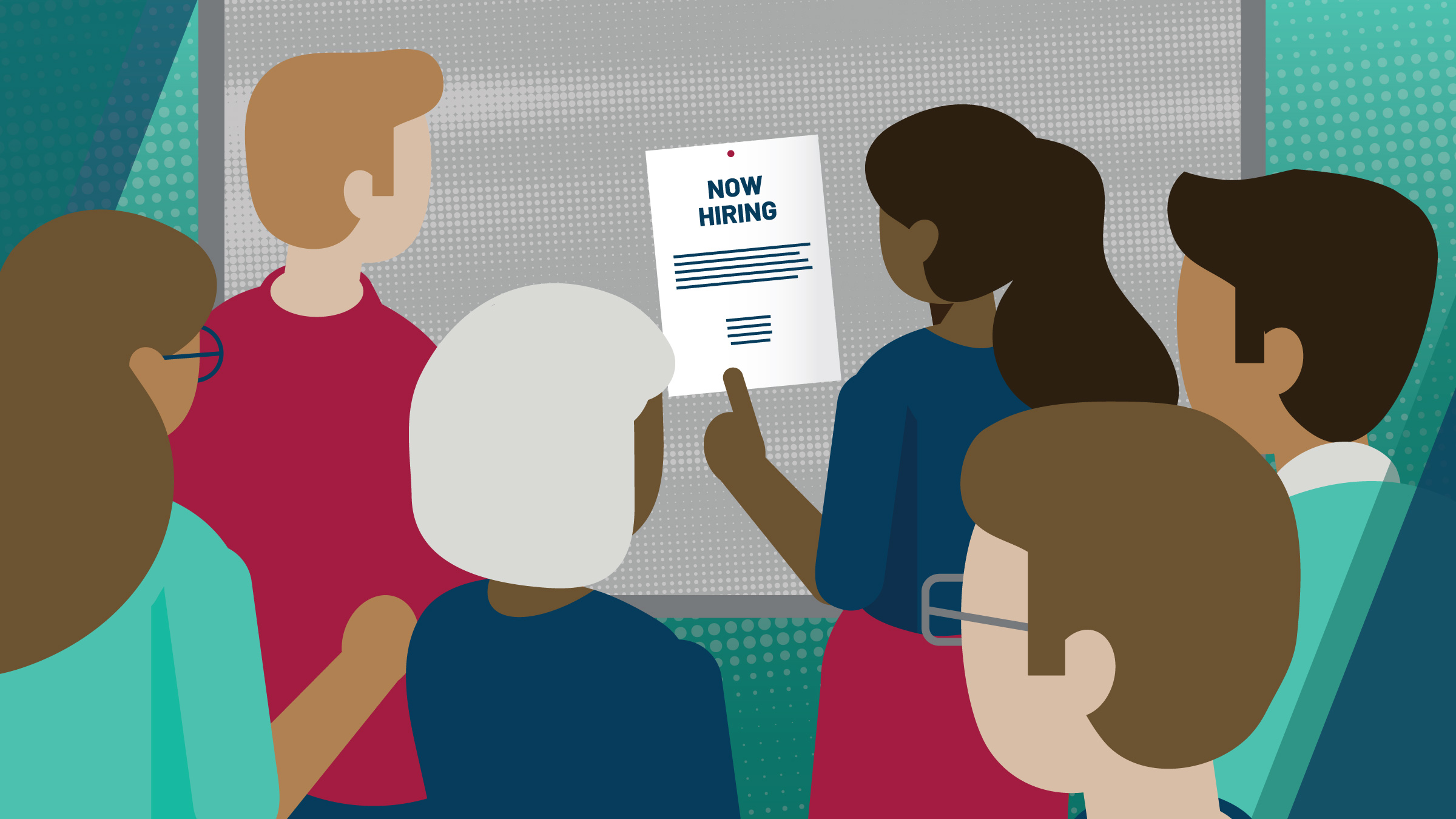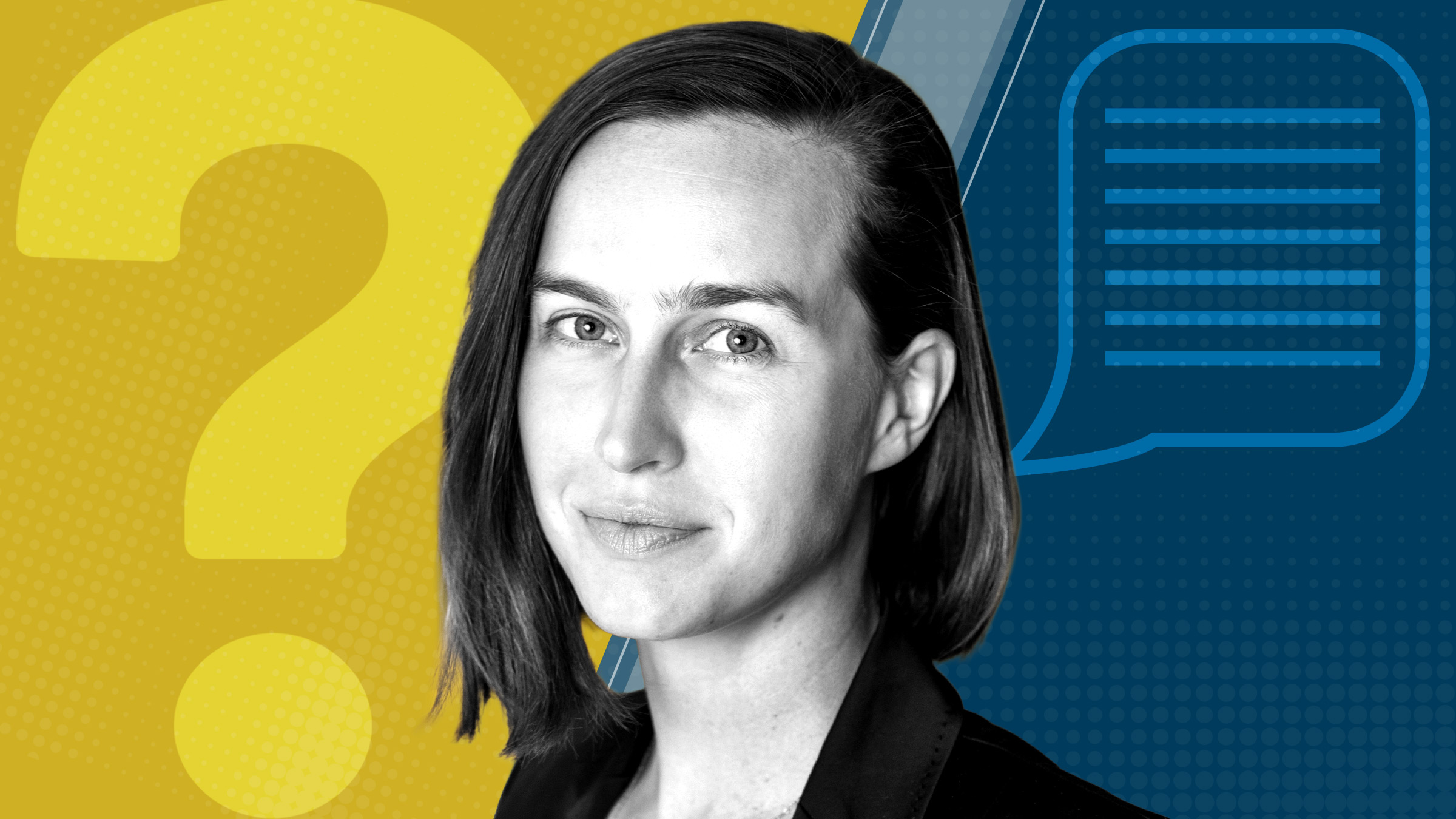 The decline of participation in labor unions is a well-documented trend in the United States, bemoaned by some and celebrated by others. Far less noticed is another significant labor trend: the rise of occupational licensing. In a recent paper, Minneapolis Fed visiting scholar Morris Kleiner and Princeton University’s Alan Krueger measure the extent of occupational licensing, describe its character and analyze its impact on U.S. labor markets. (“Analyzing the Extent and Influence of Occupational Licensing on the Labor Market,” NBER WP 14979, May 2009; this is an expansion of a paper described in the June 2008 Region.)
The decline of participation in labor unions is a well-documented trend in the United States, bemoaned by some and celebrated by others. Far less noticed is another significant labor trend: the rise of occupational licensing. In a recent paper, Minneapolis Fed visiting scholar Morris Kleiner and Princeton University’s Alan Krueger measure the extent of occupational licensing, describe its character and analyze its impact on U.S. labor markets. (“Analyzing the Extent and Influence of Occupational Licensing on the Labor Market,” NBER WP 14979, May 2009; this is an expansion of a paper described in the June 2008 Region.)
They point out that while there are several forms of occupational regulation—registration, certification and licensing—the last is the most restrictive. Registration is individuals filing with a government agency before beginning their practice in a given line of work and maintaining a record of competency to remain on the list. Certification involves a government or nonprofit entity administering an examination or certifying that an individual has reached a predetermined level of skill and knowledge in a field. Licensure, or the “right to practice,” means that an individual cannot legally receive payment for practicing a given occupation without first meeting government standards.
 Occupational licensing by government has blossomed in the United States, according to Kleiner and Krueger, rising from less than 5 percent of the U.S. workforce who were licensed by state government in the early 1950s to approximately 29 percent who were licensed by all levels of government in 2008.
Occupational licensing by government has blossomed in the United States, according to Kleiner and Krueger, rising from less than 5 percent of the U.S. workforce who were licensed by state government in the early 1950s to approximately 29 percent who were licensed by all levels of government in 2008.
Who constitutes this burgeoning segment of workers? The economists find that licensing rises with education: More than 44 percent of post-college-educated workers are required to hold a license, compared with 15 percent of those with less than a high school education. Those with college degrees are about as likely to hold a license (29 percent) as the national average. Licensing rates are similar for many other demographic categories. Being male rather than female has little impact on licensing. Whites, blacks and Hispanics have similar rates. On the other hand, licensing rises with age until age 54 and then declines slightly.
Kleiner and Krueger find that belonging to a union is associated with licensing—45 percent of union members hold a license compared with 24 percent of nonunion members—due in part to the prevalence of nurses and teachers, occupations with a high percentage of individuals who are both unionized and licensed. Licensing is more common for those who provide services than for those who manufacture things (31 percent versus 11 percent).
The economists then analyze the relationship between licensure and pay. Controlling for a number of other characteristics (such as education, occupation, age and work experience), they find that holding a license is associated with a wage premium of about 14 percent—“similar in magnitude,” they note, “to the estimated effect of belonging to a union.” Looking deeper, they examine the wage impact of the licensing at different levels of government—federal, state and local—and find that the influence is greatest at state and federal levels. “Local licenses are not associated with pay increases.”
Perhaps this wage premium is an economic return to higher cognitive ability or performance. Kleiner and Krueger’s analysis, controlling for other related factors, suggests that licensed and certified workers in occupations “appear to do somewhat more work that requires cognitive tasks,” but the results aren’t highly robust. And what is the impact of licensing on wage dispersion among those in the licensed occupation? Unlike unions, they find, “licensing does not appear to diminish wage variation.”
Taken together, the results provide support for the idea that occupational licensing is a means of achieving a monopoly in order to raise wages for those who belong to the occupation, just as labor unions do for their members. “These estimates suggest a strong role for the monopoly face of licensing in the labor market,” write Kleiner and Krueger.
Still, they note, it’s possible that unobserved factors associated with both wages and licensing have been omitted from their analysis; if these factors, as yet undetermined, were added to their regression equations, they might change the findings.
Given that possibility, the economists call on statistical agencies to regularly measure and monitor the extent of occupational licensing, thereby providing fuller data over time to better understand licensure’s impact. Such data, they observe, “would help to answer questions such as: How much regulation is optimal for productivity growth? Does occupational licensing lead to better consumer protection and higher quality? … And what is the interaction between licensing and unionization?”





